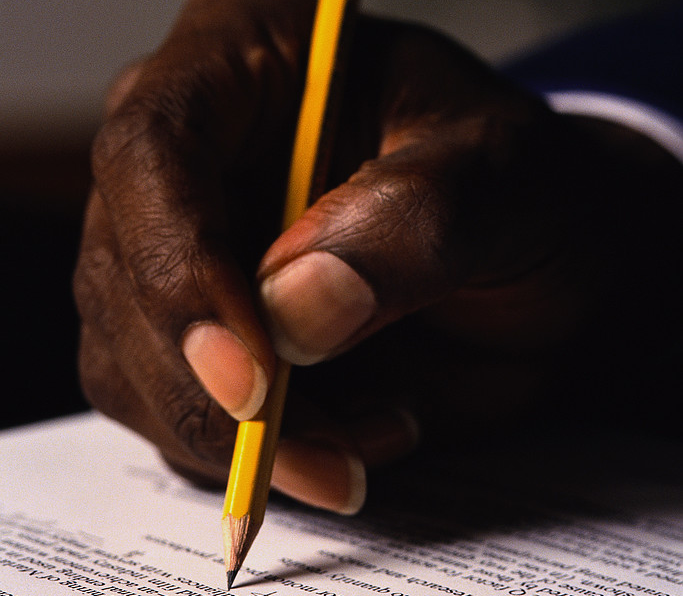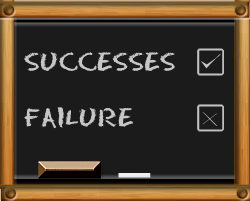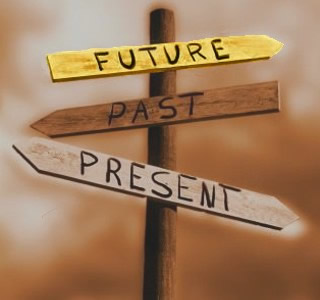People and Parks programme
The People and Parks Programme has certainly come a long way since the World Parks Congress held in Durban in 2003 and the first People and Parks Forum session held in Swadini in October, 2004. Since then our programme has gained momentum in identifying specific activities and processes that address issues at the interface between conservation and the communities.
We all work to promote and protect our country’s resources, but also to highlight and implement the rights of communities affected by conservation processes. It is only when we achieve mutual harmony and agreement between all involved parties that we can rightfully call our foundation ‘successful’.
Today we have a robust People and Parks programme with strong community involvement, solid policies, structures and frameworks in place to ensure further success of the programme toward the future.
About People and Parks programme
The People and Parks Programme (P&PP) in South Africa was born out of the World Parks Congress held in Durban in 2003. On the eve of this congress, The Department of Environmental Affairs (DEA) organised for communities from the Richtersveld, Khomani San, Riemvasmaak, Makuleke areas and communities from iSimangaliso (then known as St Lucia) to meet at Cape Vidal.
Useful words
Commercial revenue: The revenue generated from Economic Activities and Commercial Activities, including game sales, concession fees, and rent paid to the Management Authority, less the Management Authority’s reasonable costs for the administration of such gross revenue and excluding government grants and MTEF budget allocations, infrastructure funding, international and local aid/donor funding, donations and poverty relief or similar funding unless specific provision is made to the contrary.
History of conservation in South Africa
The land that is known as South Africa has a history of conservation. Traditionally, people have always lived in harmony with nature and the philosophies of sustainability and conservation were inherent in their society. As hunters and gatherers, the indigenous people of this country depended on natural resources for their survival. Prior to European colonisation access to natural resources were controlled in the following ways:
Current status
Much of the focus of the last decade appears to have been concentrated on land claims and co-management. Whilst both these elements are important, they have caused the attention to be more on claimants than the broader communities who simply need access to natural resources for basic services such as firewood. There have been thousands of hectors of park land that have been restored to its rightful owners.
Best practices
The opportunities to learn from best practices are immense as 'it's an on the ground implementation system that brings together all interested parties to the policies and best practices going forward.' Since the beginning of the People and Parks Programme in South Africa there have been useful best practices. More specifically, there have been insights gained and lessons learnt as well as innovative ways o fusing natural resources.
Lessons
The cornerstone of understanding and reaching consensus on access and benefit sharing is appears to be the implementation of the CBNRM guidelines. Both CapeNature and iSimangaliso Greater Wetland Park attribute the success of their access and benefit sharing models to enabling communities to understand natural resource management.
People and Parks past / current conderences
• 2016 conference (7th ) • 2014 conference (6th ) • 2012 conference (5th )
Related documents and media products
The documents partaining to legislations, reports, etc. are found here togehter with images, audio and video material to the past conference.








